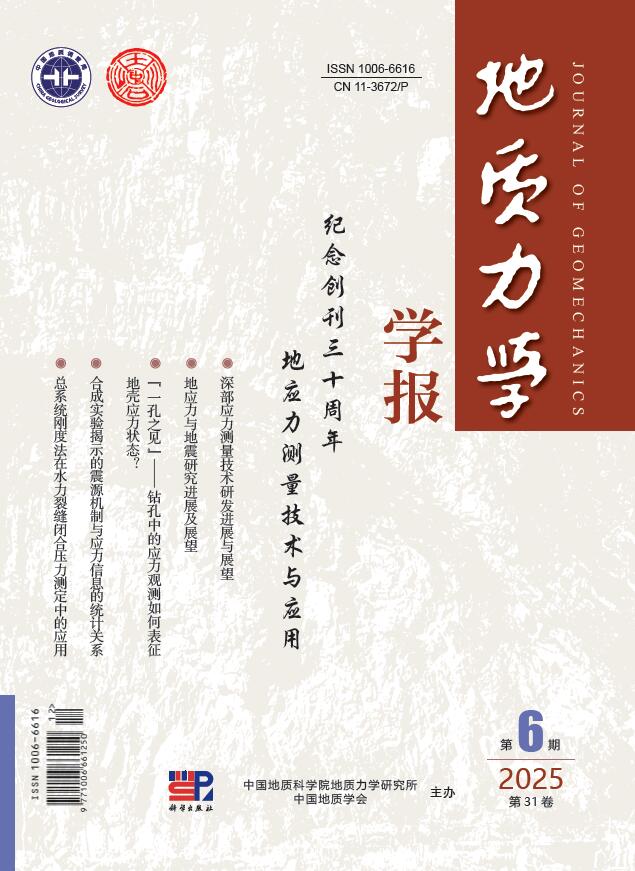2017 Vol. 23, No. 5
Display Method:
EMERGENCY RAPID ASSESSMENT OF LANDSLIDES INDUCED BY THE JIUZHAIGOU MS 7.0 EARTHQUAKE, SICHUAN, CHINA
2017, 23(5): 639-645.
Abstract:
2017, 23(5): 646-653.
Abstract:
2017, 23(5): 654-660.
Abstract:
2017, 23(5): 661-672.
Abstract:
2017, 23(5): 673-685.
Abstract:
2017, 23(5): 686-694.
Abstract:
2017, 23(5): 695-706.
Abstract:
2017, 23(5): 707-722.
Abstract:
2017, 23(5): 723-733.
Abstract:
2017, 23(5): 734-742.
Abstract:
2017, 23(5): 743-753.
Abstract:
2017, 23(5): 754-765.
Abstract:
2017, 23(5): 766-777.
Abstract:
2017, 23(5): 778-787.
Abstract:
2017, 23(5): 788-797.
Abstract:



